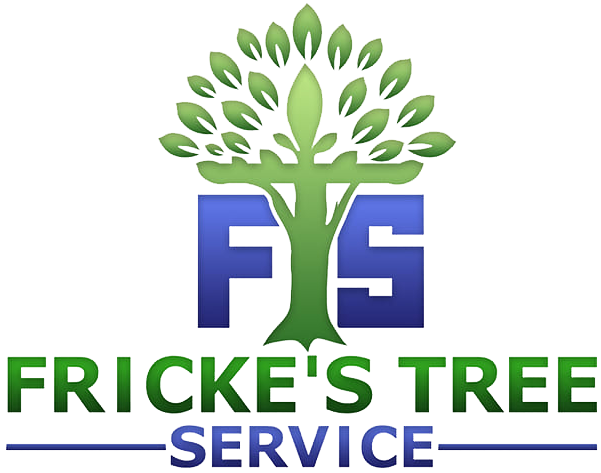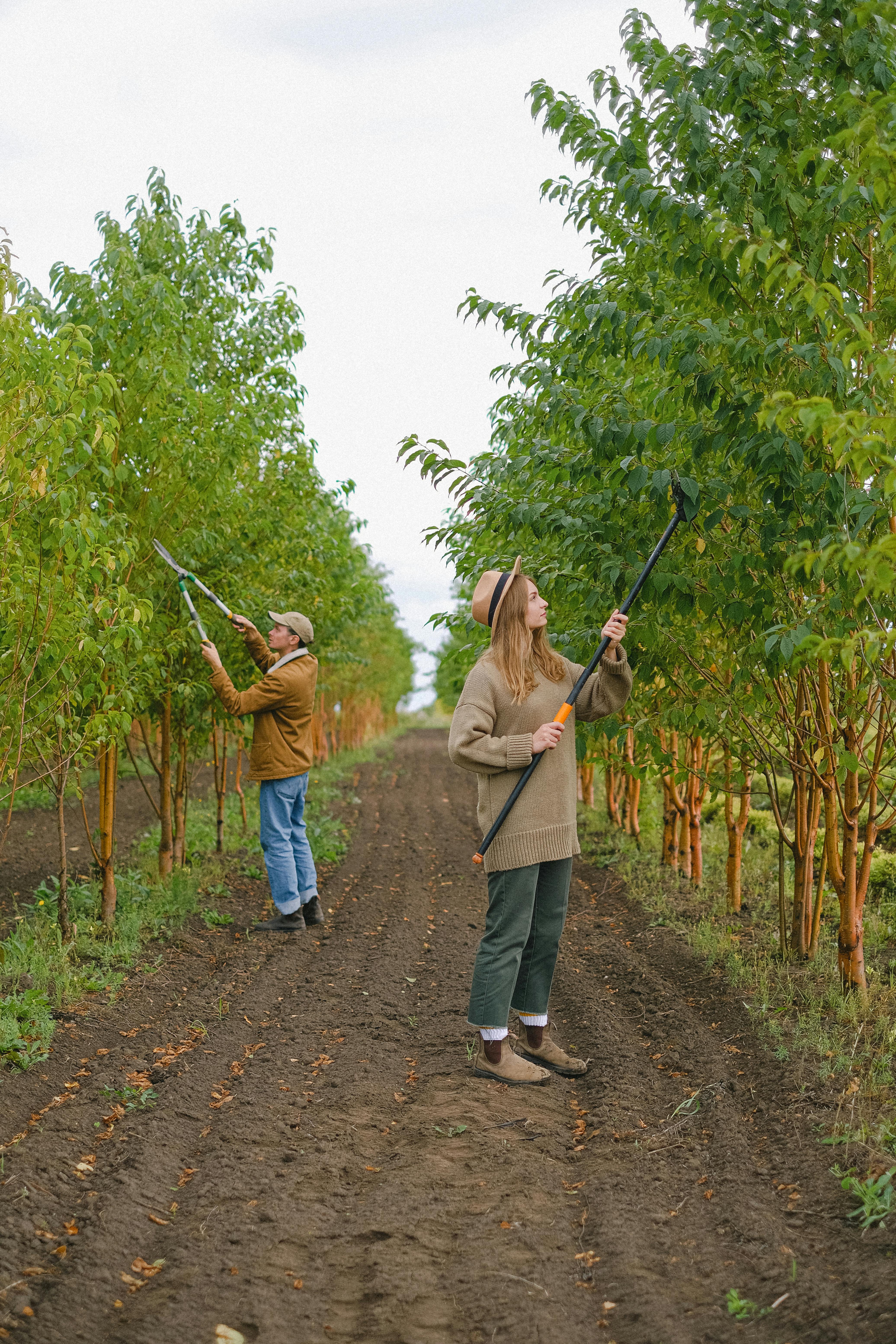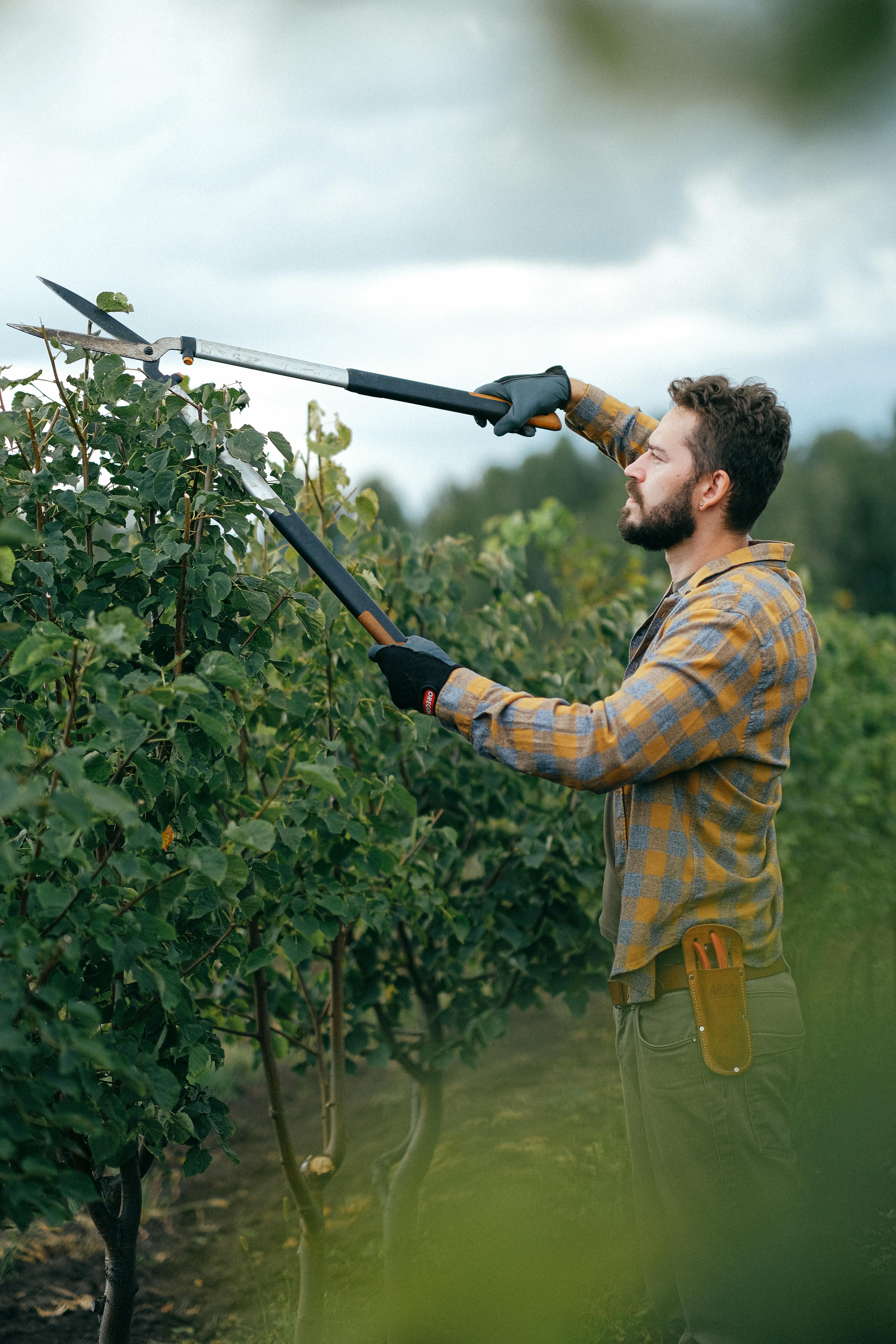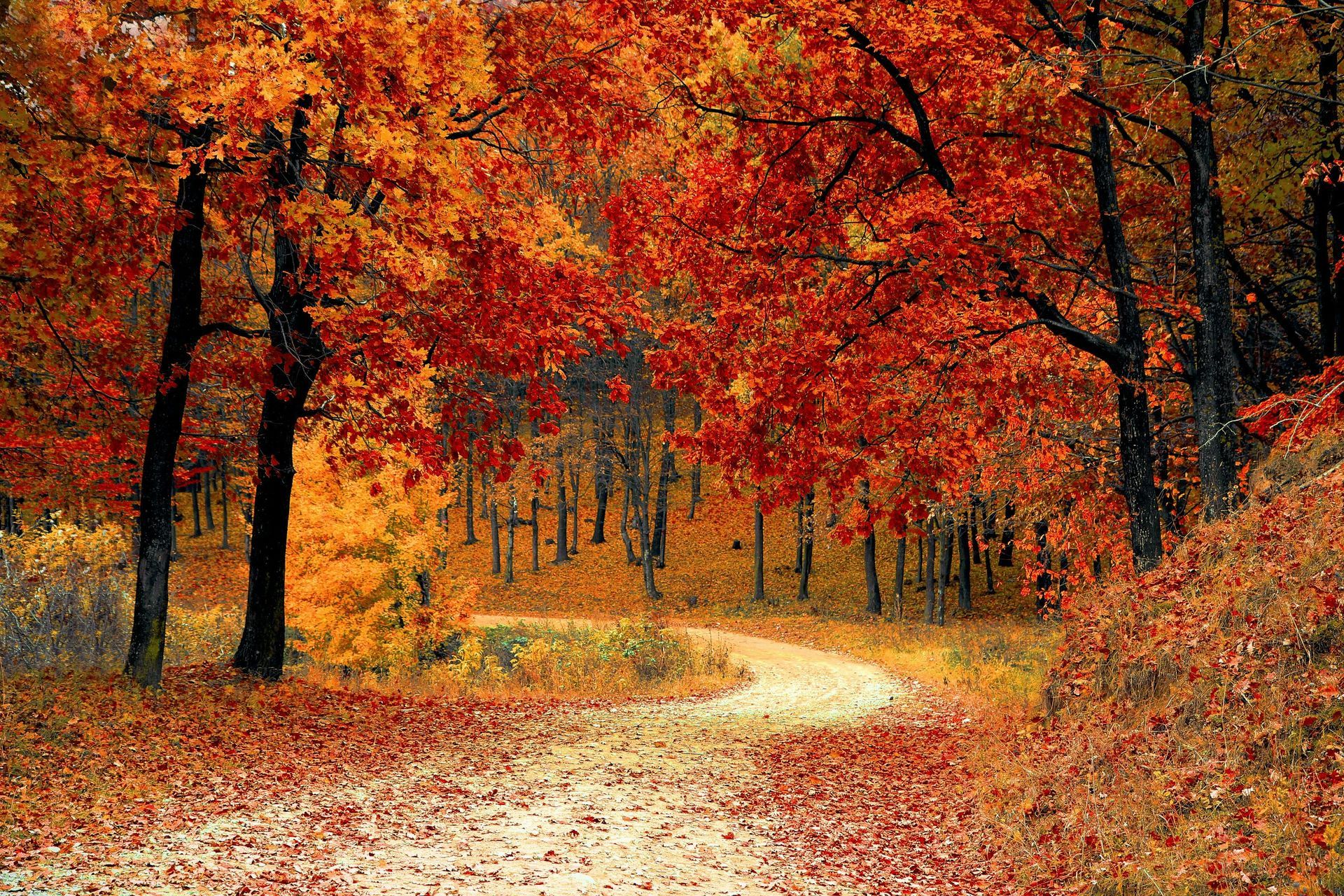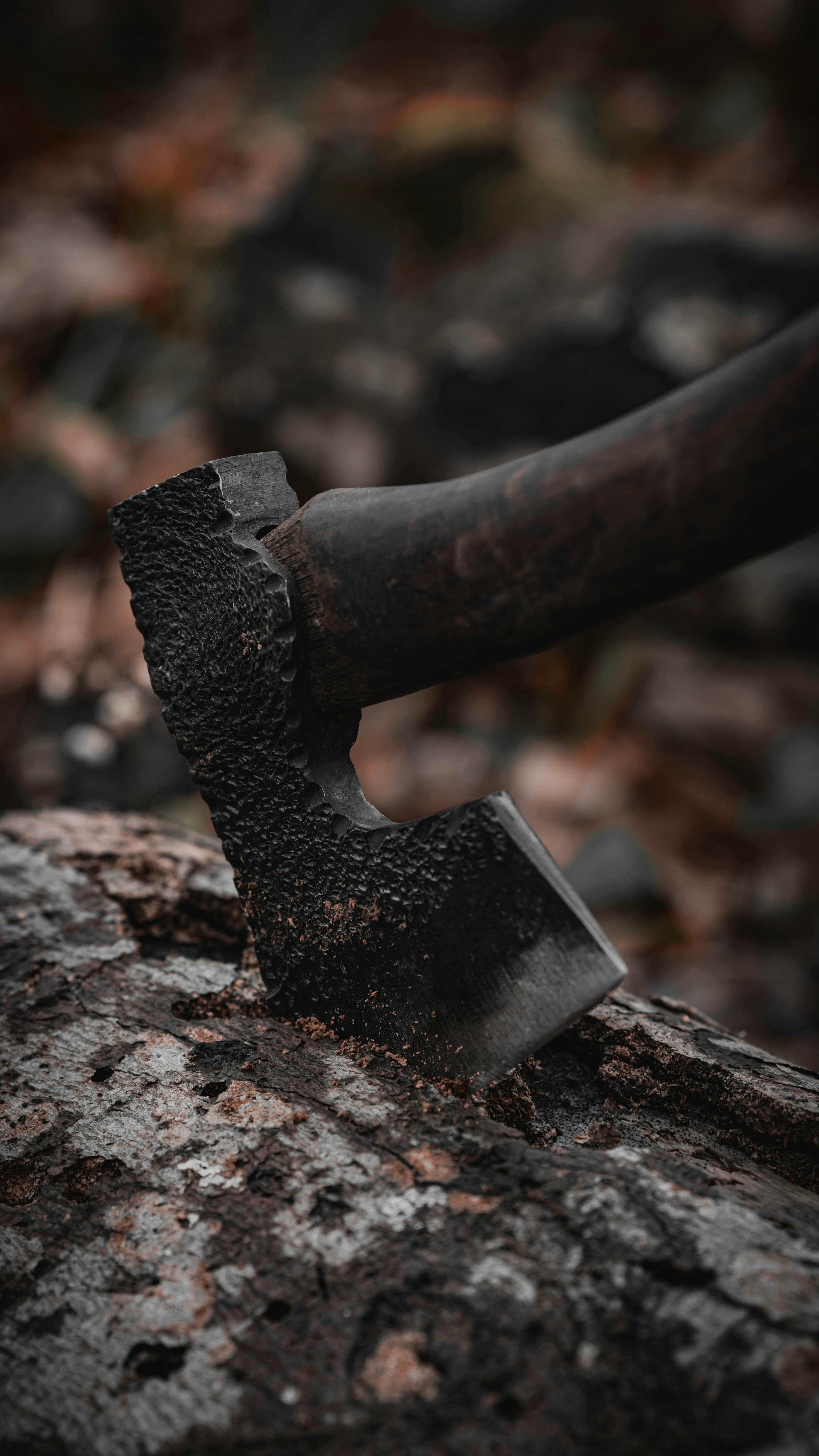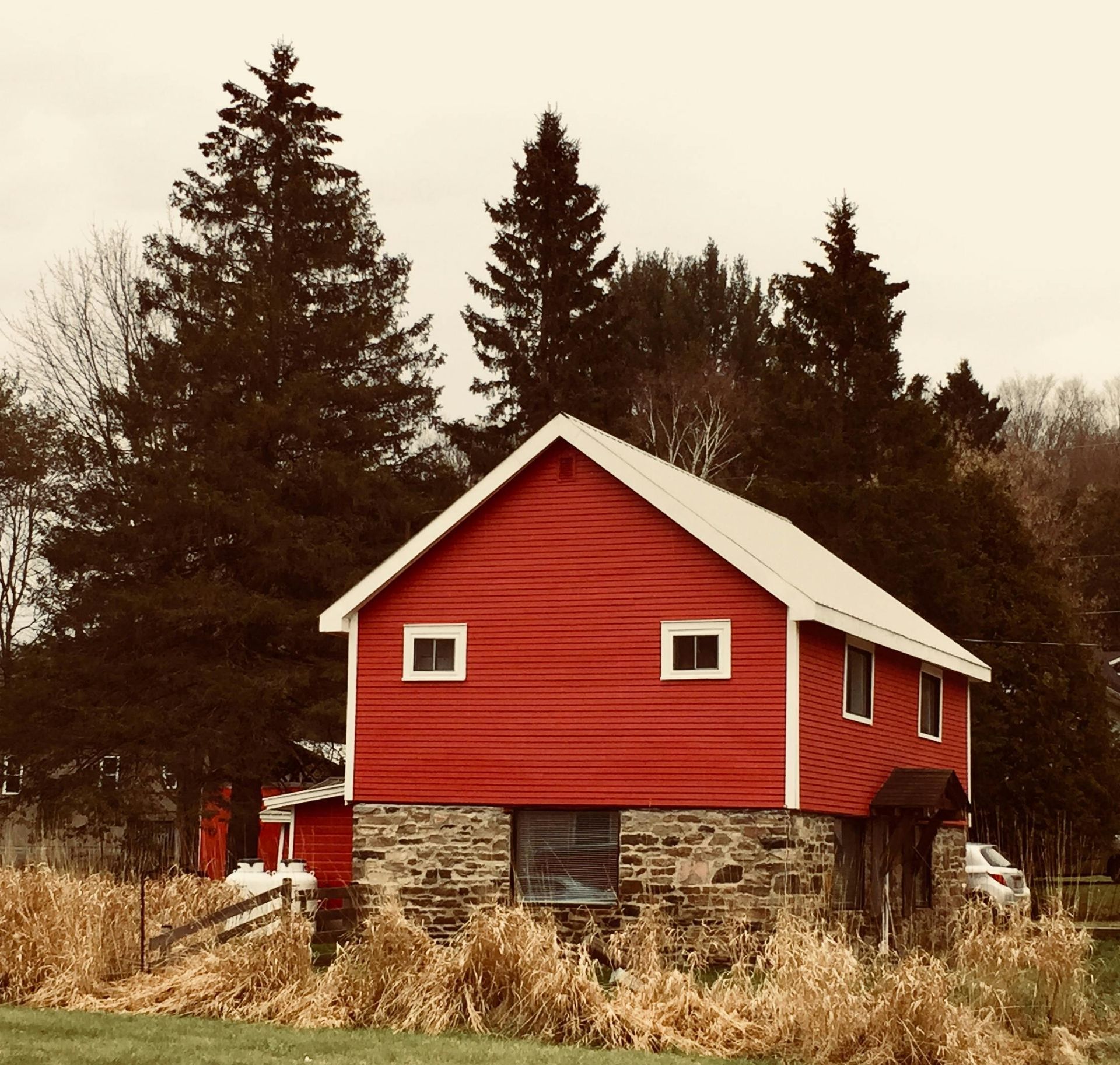Fricke's Tree Service
Signs Your Tree Might Need a Little Help
How to Tell if a Tree is Dead
Understanding Tree Health
Trees are vital components of our ecosystem, providing shade, beauty, and habitat for wildlife. They play a crucial role in maintaining air quality, preventing soil erosion, and supporting biodiversity. However, like all living organisms, trees can succumb to various diseases, pests, and environmental stresses. Knowing how to identify a dead or dying tree is crucial for maintaining a healthy landscape. In this guide, we will explore the signs of a dead tree, the causes of tree death, and what steps to take if you suspect a tree is no longer alive. Understanding tree health is not just about recognizing when a tree is dead; it also involves knowing how to care for trees to prevent them from reaching that state in the first place.Signs of a Dead Tree
Identifying a dead tree can sometimes be straightforward, but other times it requires a closer inspection. Here are some common signs to look for that can help you determine the health of a tree:- Leaf Color and Condition: One of the first indicators of a tree's health is its leaves. If a tree has no leaves during the growing season or if the leaves are brown and brittle, it may be dead. Additionally, if the leaves are falling off prematurely or are discolored, this could also be a sign of distress.
- Branch Condition: Check the branches for signs of life. Healthy branches should be flexible and have green tissue underneath the bark. If branches are dry, brittle, and break easily, this could indicate death. Look for any signs of new growth as well; if the branches are bare and show no signs of budding, it may be a cause for concern.
- Trunk Damage: Look for cracks, splits, or holes in the trunk. A dead tree may have a hollow trunk or significant decay. Inspecting the trunk for any unusual growths or discoloration can also provide clues about the tree's health.
- Fungal Growth: The presence of mushrooms or other fungi at the base of the tree can indicate decay and potential death. Fungi thrive on decaying wood, so their presence is often a sign that the tree is compromised.
- Insect Infestation: Pests such as bark beetles can cause significant damage. If you notice an unusual number of insects on or around the tree, it may be a sign of trouble. Look for holes in the bark or sawdust-like material at the base of the tree, which can indicate insect activity.
Seasonal Changes and Tree Health
Understanding how seasonal changes affect trees is essential in assessing their health. Trees may appear dormant in winter, leading to confusion about their vitality. Here’s how to differentiate between seasonal dormancy and actual death:- Winter Dormancy: Many trees lose their leaves in winter and may look dead, but they can still be alive. Look for signs of new growth in spring. If the tree begins to sprout new leaves or buds as the weather warms, it is likely still alive.
- Spring Growth: If a tree does not produce new leaves or buds in spring, it may be dead. Additionally, if the tree has a delayed budding period compared to other trees in the area, this could also indicate a problem.
Common Causes of Tree Death
Understanding the causes of tree death can help in prevention and management. Here are some common factors that can lead to a tree's demise:- Environmental Stress: Drought, flooding, and extreme temperatures can weaken trees, making them more susceptible to disease. Trees that are stressed due to environmental factors may exhibit signs of decline, such as leaf drop or stunted growth.
- Pests and Diseases: Insects and pathogens can attack trees, leading to decline and death. Common pests include aphids, borers, and scale insects. Fungal infections can also be detrimental, causing rot and decay.
- Soil Issues: Poor soil quality, compaction, or contamination can hinder a tree's ability to absorb nutrients and water. Soil that is too compacted can restrict root growth, while contaminated soil can introduce harmful substances that affect tree health.
- Improper Pruning: Incorrect pruning techniques can damage a tree and lead to its decline. Over-pruning or making cuts in the wrong places can create wounds that invite pests and diseases.
How to Assess a Tree's Health
To determine if a tree is dead, follow these steps to conduct a thorough assessment:- Visual Inspection: Start with a thorough visual inspection of the tree, looking for the signs mentioned earlier. Pay attention to the overall shape and structure of the tree, as well as any unusual features.
- Scratch Test: Use a knife or your fingernail to scratch the bark. If the layer underneath is green, the tree is still alive. If it’s brown and dry, the tree may be dead. This test can help you determine if there is still living tissue beneath the bark.
- Check for Buds: In spring, look for new buds. If there are none, the tree may be dead. Additionally, check for any signs of flowering or fruiting, which can indicate a healthy tree.
- Assess the Root System: Gently dig around the base of the tree to check for healthy roots. If the roots are black and mushy, the tree may be dead. Healthy roots should be firm and white or light-colored.
What to Do If a Tree is Dead
If you determine that a tree is dead, it’s essential to take appropriate action to prevent any potential hazards:- Consult an Arborist: A certified arborist can provide a professional assessment and recommend the best course of action. They can help you determine whether the tree can be saved or if removal is necessary.
- Consider Removal: If the tree poses a safety hazard, it may need to be removed. Dead trees can fall and cause damage to property or injury. It’s important to assess the tree's location and proximity to structures or people.
- Replanting: After removal, consider replanting a new tree to restore the landscape. Choosing the right species for your area can help ensure the new tree thrives and contributes positively to the environment.
Preventing Tree Death
Prevention is key to maintaining healthy trees. Here are some tips to keep your trees thriving and reduce the risk of death:- Regular Inspections: Conduct regular inspections to catch any signs of trouble early. Keeping an eye on your trees can help you identify issues before they become severe.
- Proper Watering: Ensure trees receive adequate water, especially during dry spells. Deep watering is often more beneficial than frequent shallow watering, as it encourages deep root growth.
- Fertilization: Use appropriate fertilizers to provide essential nutrients. Conducting a soil test can help you determine what nutrients your trees may be lacking.
- Pruning: Prune trees correctly to promote healthy growth and remove any dead or diseased branches. Proper pruning techniques can enhance air circulation and sunlight penetration, which are vital for tree health.
Conclusion
Identifying a dead tree is crucial for maintaining a healthy landscape. By understanding the signs of tree death and the factors that contribute to it, you can take proactive steps to ensure the vitality of your trees. If you suspect a tree is dead, don’t hesitate to consult a professional for guidance. Taking timely action can prevent further issues and help maintain the beauty and health of your outdoor space. For more information or to request an estimate for tree services, please reach out using this link. Our team is ready to assist you with any tree-related concerns you may have.RECENT POSTS
Interested in Our Services?
Get in touch today to discuss your next project and we will happy to answer any questions and provide you with a no-obligation FREE Estimate.
Contact Details
Address: 427 Pleasant Oaks Trl, Osteen, FL 32764, United States of America
Phone: (321) 240-5613
Email: jonfric@yahoo.com
Quick Links
Contact Details
Address: 427 Pleasant Oaks Trl, Osteen, FL 32764, United States of America
Phone: (321) 240-5613
Email: jonfric@yahoo.com
